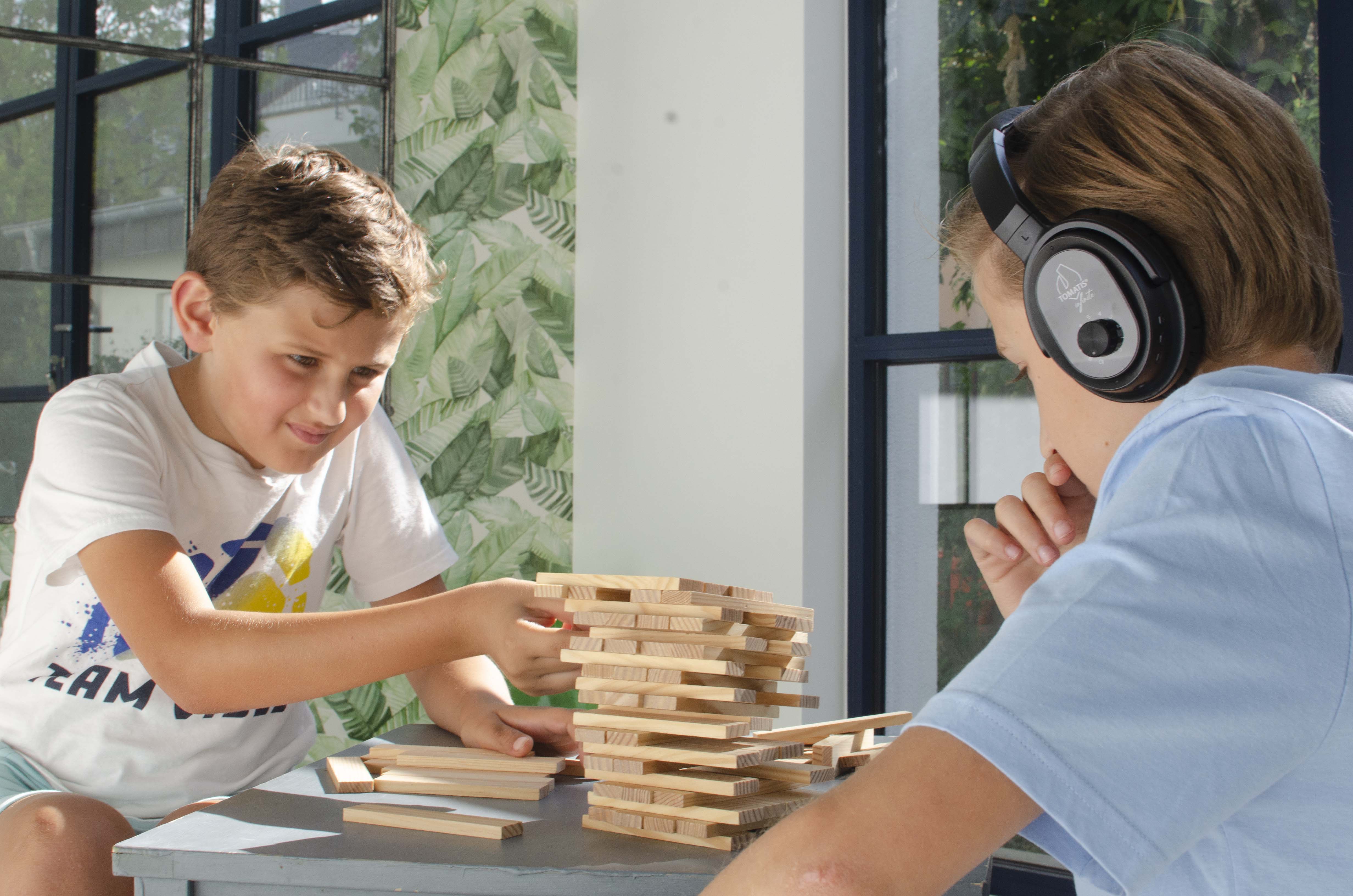The voice
The ability to communicate using one’s voice depends on accurate perception and analysis of sound. Good verbalization requires good self-listening: listening to one’s own voice to assess its quality, intensity, and accuracy.
The sound of our voice is mainly transmitted to the ear by the vibration of the bones of our skull, a process called bone conduction. Alternatively, when sound waves in the air enter our ears, this is called air conduction. The sound is then analyzed by the brain, which directs a response with the voice. There are constant exchanges of information happening between the ears, the brain, and the voice. This auditory feedback loop is sometimes disrupted—usually because of cognitive or emotional reasons—leading to a breakdown in listening, and eventually in verbalizations as well. This breakdown can impact the rhythm, tone, or intensity of our vocal productions.
A compromised auditory feedback loop can result in a person’s reluctance to communicate, difficulty speaking, lack of fluency in speech, lack of accuracy and precision of verbalizations, loss of control of intensity (volume), and other challenges.
By actively exercising the auditory feedback loop with both air and bone conduction, the Tomatis® Method restores the link that connects the ear, brain, and voice, thereby restoring our ability to speak in an effective and efficient way.
Language
By improving the relationship between the ear, brain, and voice, the Tomatis® Method also helps individuals with language skills. An important foundation for language learning is phonological awareness. Phonological awareness is our ability to recognize and manipulate the sounds used in language. The sounds of language include a complex system of pronunciation, rate, rhythm, and tone. For some, mastering such aspects of language is challenging and sometimes occurs at a slower rate than their peers.
Instruction of phonological awareness is essential to language learning and there’s a way to make this process more efficient. By training the brain through air and bone conduction, the Tomatis® Method promotes enhanced perception of the fundamental sounds of language, which solidifies the foundation for further language learning.






















